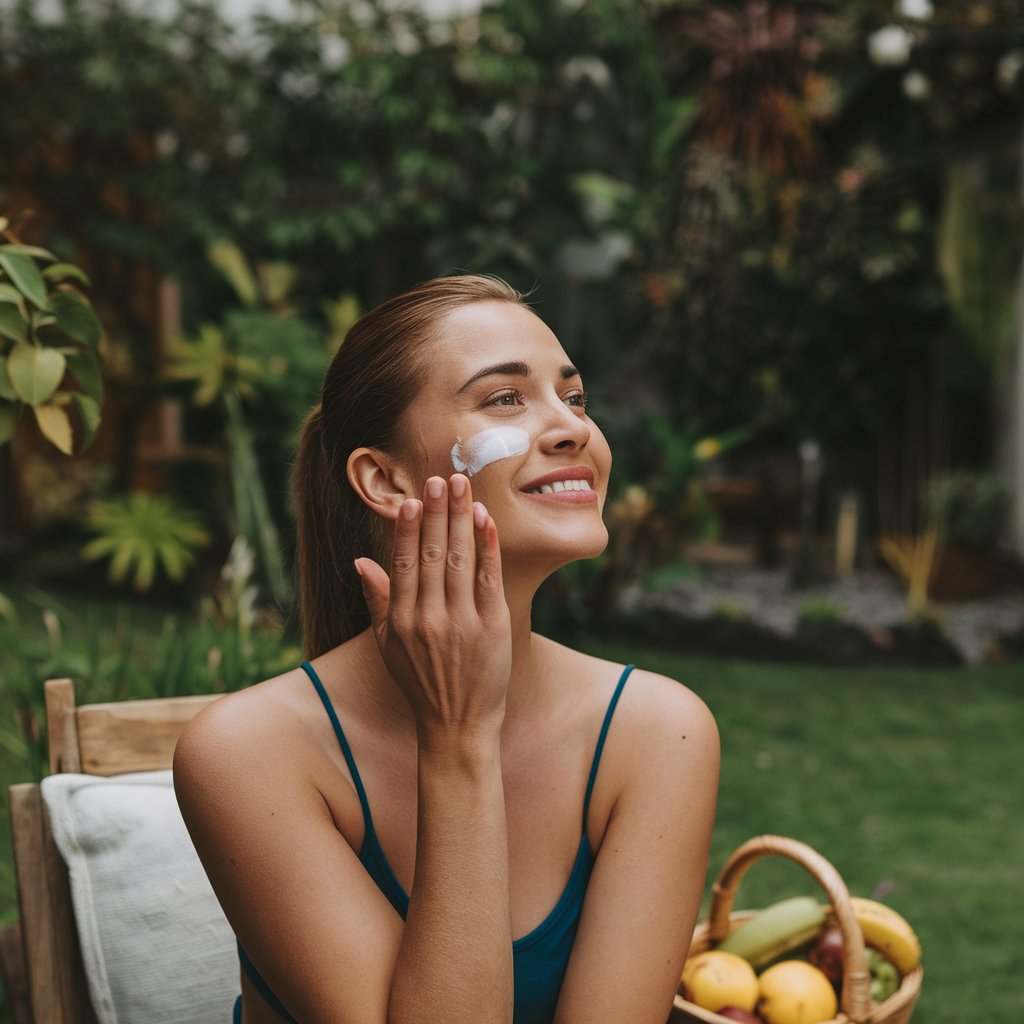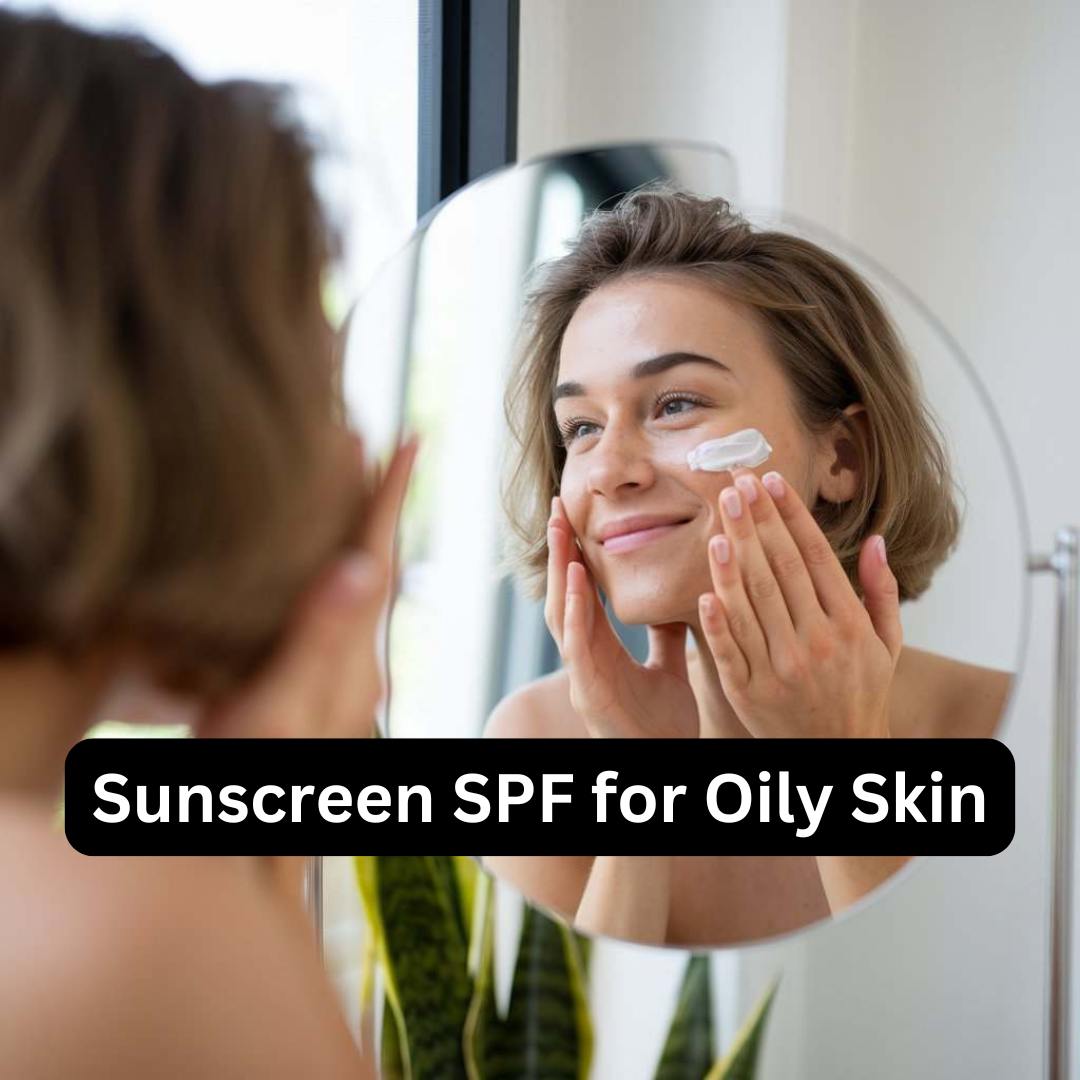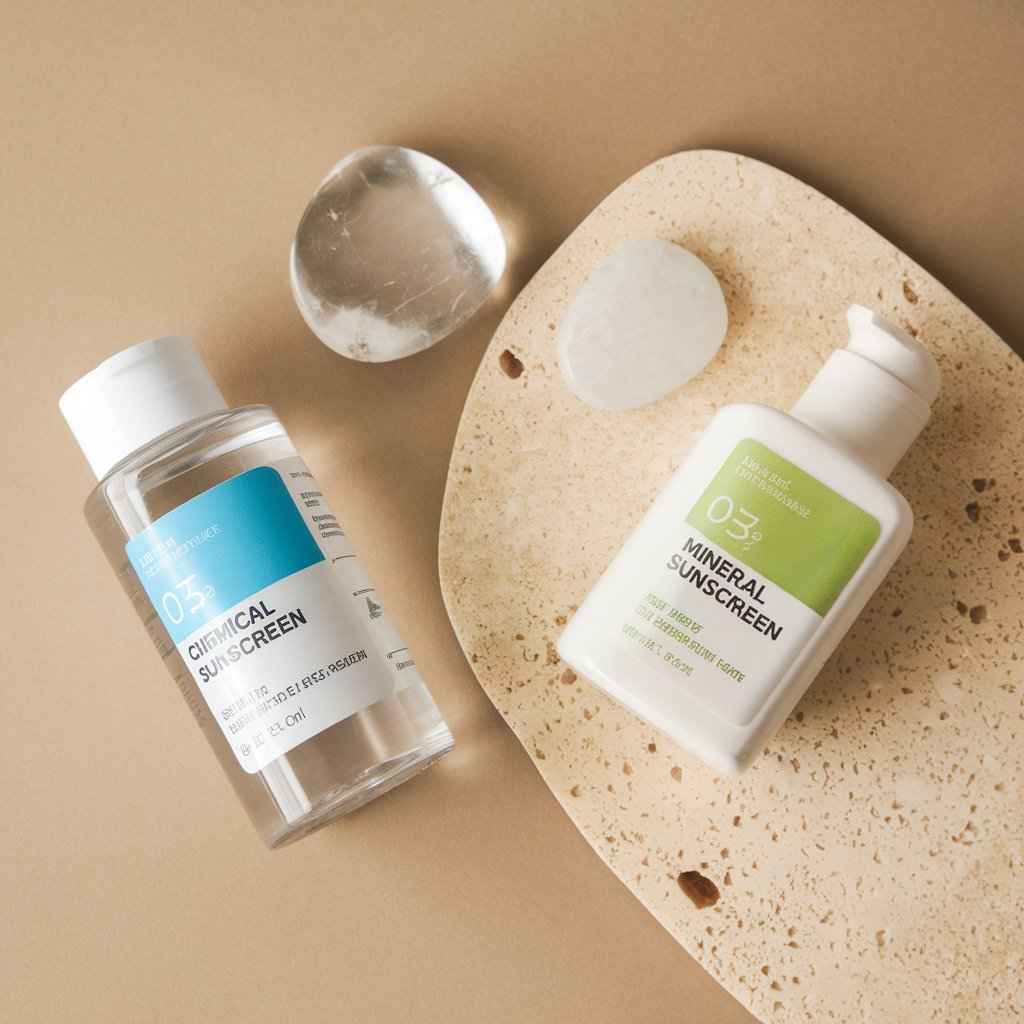When it comes to skincare, sunscreen SPF for oily skin is an absolute must, regardless of your skin type. However, if you have oily skin, finding the right sunscreen can be a bit tricky. The last thing you want is a product that makes your skin feel greasy, clogs your pores, or contributes to breakouts. The key is to choose a sunscreen with the right SPF level and formulation that suits your skin’s unique needs.
In this article, we’ll explore everything you need to know about selecting the best sunscreen for oily skin, including what SPF you should choose, the types of formulations that work best, and some top product recommendations.
Table of Contents
Best Sunscreen SPF for Oily Skin: Your Ultimate Guide to Sun Protection

Understanding SPF: What Does It Really Mean?
SPF, or Sun Protection Factor, is a measure of how well a sunscreen protects your skin from UVB rays, which are the primary cause of sunburn and can lead to skin cancer over time. The SPF number indicates how long you can stay in the sun without burning compared to when you’re not wearing any sunscreen. When choosing a sunscreen SPF for oily skin, it’s important to consider both the SPF level and the formulation to ensure you get the best protection without exacerbating oiliness.
For instance, if you typically burn after 10 minutes in the sun, wearing an SPF 30 sunscreen theoretically allows you to stay in the sun 30 times longer without burning, or about 300 minutes. However, this is an estimate, and actual protection can vary based on factors like skin type, intensity of sunlight, and proper application of the sunscreen. When selecting a sunscreen SPF for oily skin, it’s crucial to pick a product that balances high SPF with a lightweight, non-greasy formulation to maintain comfort and effectiveness.
What SPF Level is Best for Oily Skin?
For oily skin, dermatologists generally recommend using a sunscreen with an SPF between 30 and 50. Here’s why:
- SPF 30: Blocks about 97% of UVB rays, providing sufficient protection for most people during everyday activities.
- SPF 50: Blocks about 98% of UVB rays, offering a bit more protection, which can be beneficial for those with fair skin, a history of skin cancer, or extended outdoor exposure.
While higher SPF levels offer slightly more protection, they can also be thicker and heavier, which might not be ideal for oily skin. Therefore, sticking within the SPF 30-50 range strikes a good balance between protection and comfort. When choosing sunscreen SPF for oily skin, this range helps ensure that you receive adequate protection without compromising on a lightweight, non-greasy formulation.
Key Features to Look for in Sunscreen for Oily Skin:

When selecting a sunscreen SPF for oily skin, it’s important to focus on the formulation and specific ingredients that cater to your skin type. Here are some essential features to look for:
1. Oil-Free and Non-Comedogenic
Oily skin is more prone to clogged pores, which can lead to breakouts. To avoid this, choose sunscreen SPF for oily skin labeled as oil-free and non-comedogenic, meaning they won’t block your pores. These products are designed to provide sun protection without contributing to excess oil production or acne.
2. Matte Finish
A matte finish is ideal for oily skin as it helps control shine throughout the day. Sunscreen SPF for oily skin with a matte finish often contains ingredients that absorb excess oil, leaving your skin looking smooth and non-greasy.
3. Lightweight and Gel-Based Formulations
Gel-based sunscreens are generally lighter and more easily absorbed than creams or lotions. They provide the necessary protection without leaving a heavy or sticky residue, making them a great choice for those with oily skin. Look for sunscreen SPF for oily skin that offers this lightweight formulation for optimal comfort.
4. Water-Based or Mineral Sunscreens
Water-based sunscreens are less likely to feel greasy on the skin, while mineral sunscreens containing zinc oxide or titanium dioxide offer broad-spectrum protection with a lightweight feel. Mineral sunscreens are also less likely to irritate sensitive skin, making them a good option for those with oily yet sensitive skin.
5. Non-Greasy Formulas
Look for sunscreens that explicitly mention they are non-greasy. These formulas are designed to be absorbed quickly into the skin, providing effective protection without leaving a shiny or oily residue, which is particularly important for those with oily skin.
By considering these features, you can choose the best sunscreen SPF for oily skin that offers effective sun protection while addressing your skin’s specific needs.
Top Ingredients to Look for in Sunscreen for Oily Skin
Certain ingredients in sunscreens can help manage oil production and keep your skin looking fresh. Here are some beneficial ingredients to consider:
- Zinc Oxide and Titanium Dioxide: These mineral-based ingredients provide broad-spectrum protection against UVA and UVB rays. They are less likely to cause breakouts and are suitable for oily and sensitive skin types.
- Niacinamide: Also known as vitamin B3, niacinamide is known for its anti-inflammatory properties and its ability to regulate oil production. It can help reduce the appearance of pores and improve the overall texture of your skin.
- Silica: Often found in mattifying products, silica helps to absorb excess oil and gives the skin a soft, matte finish.
- Tea Tree Oil: Known for its antibacterial properties, tea tree oil can help prevent acne breakouts while providing a lightweight feel that’s perfect for oily skin.
Application Tips for Sunscreen on Oily Skin

Proper application of sunscreen SPF for oily skin is just as important as choosing the right product. Here are some tips to ensure you’re getting the best protection without exacerbating oiliness:
1. Apply Generously
To achieve the SPF protection indicated on the label, you need to apply a generous amount of sunscreen. A good rule of thumb is to use about a teaspoon for your face and a shot glass worth for your entire body.
2. Reapply Regularly
Sunscreen should be reapplied every two hours, especially if you’re sweating or swimming. Even the best sunscreen can lose its effectiveness over time, so regular reapplication is key to maintaining protection.
3. Use a Sunscreen Primer
If you’re worried about your sunscreen affecting your makeup, consider using a sunscreen primer. These products are designed to create a smooth base for makeup application while providing sun protection.
4. Blot Excess Oil
If your skin becomes oily during the day, use blotting papers to remove excess oil without disturbing your sunscreen. This helps maintain a matte finish without compromising your sun protection.
By following these tips, you can ensure that your sunscreen SPF for oily skin provides optimal protection while keeping your skin comfortable and shine-free.
Recommended Sunscreens for Oily Skin
Here are some top-rated sunscreens specifically formulated for oily skin:
1. La Roche-Posay Anthelios Clear Skin SPF 60
This oil-free sunscreen provides broad-spectrum protection with a matte finish. It contains silica and perlite, which help absorb excess oil and reduce shine.
2. Neutrogena Hydro Boost Water Gel Lotion SPF 30
This water-based sunscreen is lightweight and absorbs quickly, providing hydration without adding extra oil to the skin. It’s also non-comedogenic and suitable for sensitive skin.
3. EltaMD UV Clear Broad-Spectrum SPF 46
A favorite among dermatologists, this sunscreen contains niacinamide to help calm and protect oily, acne-prone skin. It’s lightweight, oil-free, and won’t clog pores.
4. Murad Oil and Pore Control Mattifier SPF 45
This sunscreen not only protects against UV rays but also controls oil and minimizes the appearance of pores for up to 10 hours. It’s perfect for those with very oily skin.
5. Supergoop! Unseen Sunscreen SPF 40
This gel-based sunscreen is completely invisible on the skin, leaving a velvety finish that works well under makeup. It’s oil-free, fragrance-free, and water-resistant.
Final Thought
Finding the right sunscreen SPF for oily skin doesn’t have to be a daunting task. By choosing a product with the appropriate SPF level and a formulation that suits your skin’s needs, you can protect your skin from harmful UV rays without compromising its health or appearance. Remember to reapply regularly and incorporate sunscreen into your daily skincare routine for the best results.
FAQs
1. Which SPF is best for Indian skin?
For Indian skin, an SPF 30 to SPF 50 sunscreen is ideal. It provides adequate protection against harmful UV rays while being suitable for the typically warmer and sunnier climate.
2. Is SPF 25 good for oily skin?
SPF 25 can offer decent protection for oily skin, especially if you spend limited time outdoors. However, for better protection, especially in sunny climates, it’s generally recommended to use an SPF 30 or higher. Just ensure the sunscreen is oil-free and has a matte finish to suit your oily skin type.
3. How much SPF is needed for oily skin?
For oily skin, it’s recommended to use a sunscreen with at least SPF 30. This provides sufficient protection against UV rays without being too heavy on the skin. Look for a lightweight, oil-free formula that offers a matte finish to help control excess shine.
4. What SPF is best for daily use?
For daily use, an SPF 30 is generally recommended. It provides sufficient protection against everyday sun exposure while being light enough for regular application. If you spend a lot of time outdoors or in intense sunlight, you might consider an SPF 50 for extra protection.
5. Does sunscreen stop oily face?
Sunscreen doesn’t stop oil production, but choosing the right one can help manage shine and keep your face looking less oily. Opt for an oil-free, mattifying sunscreen that absorbs excess oil and provides a matte finish, which can help control the appearance of greasiness throughout the day.





